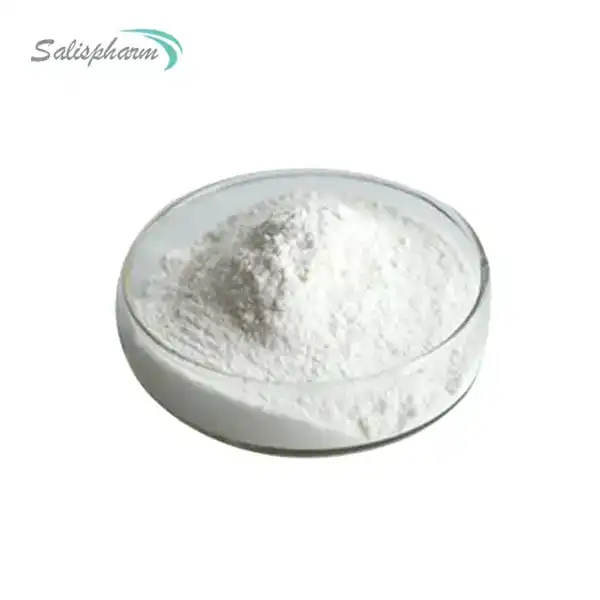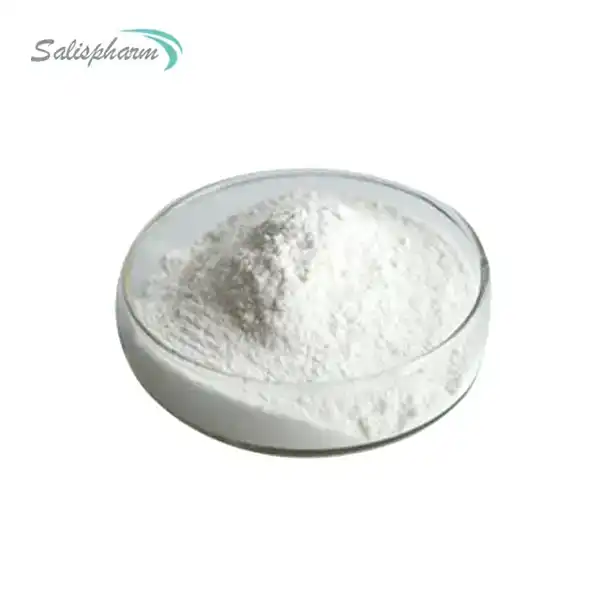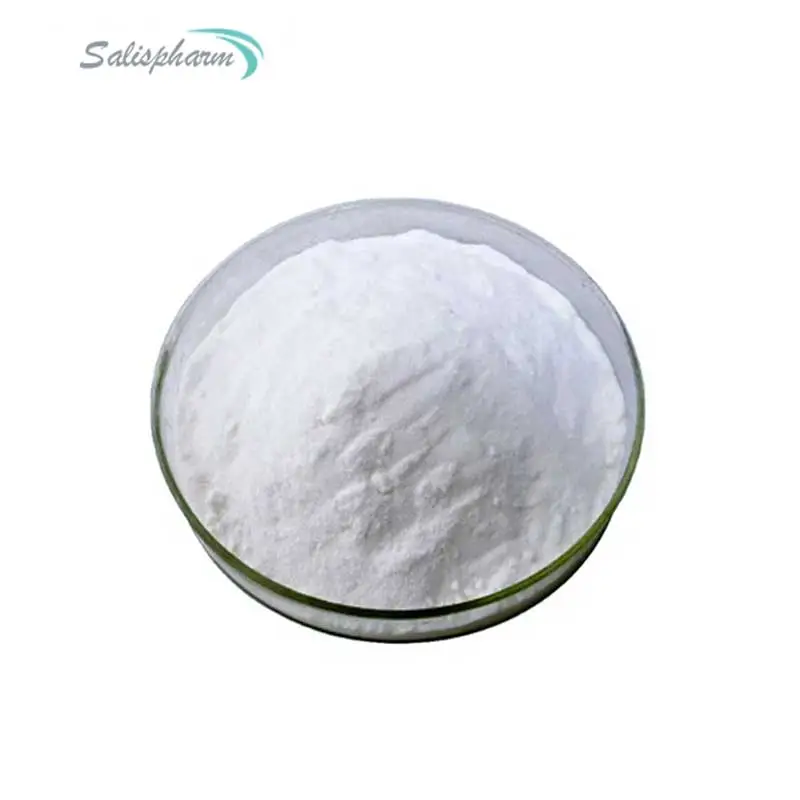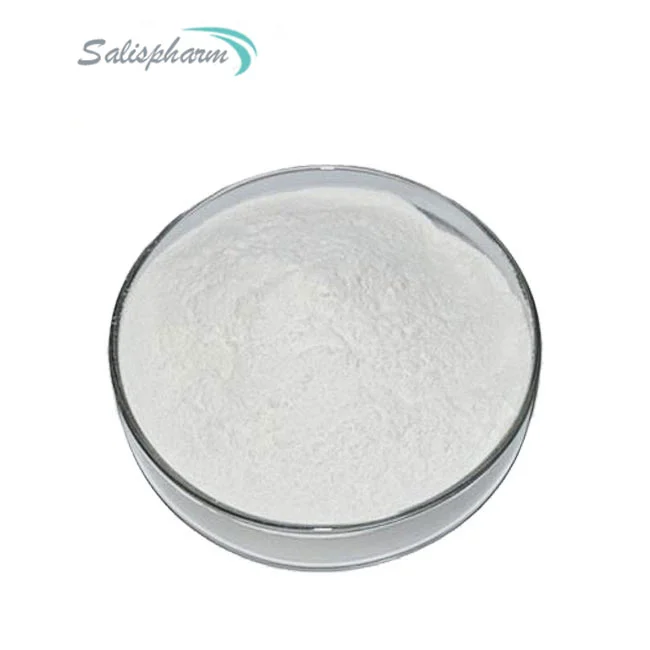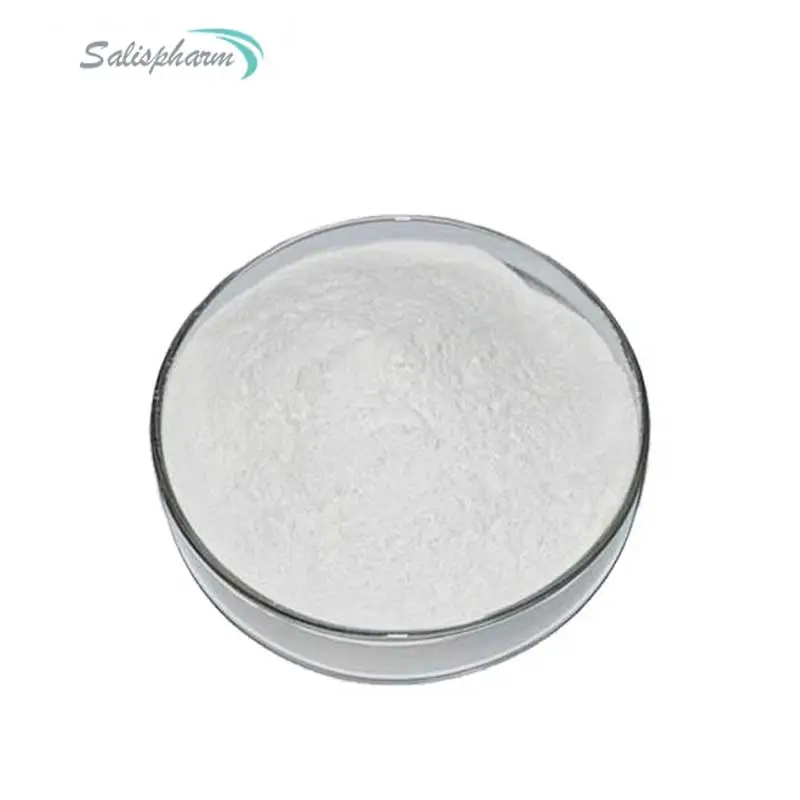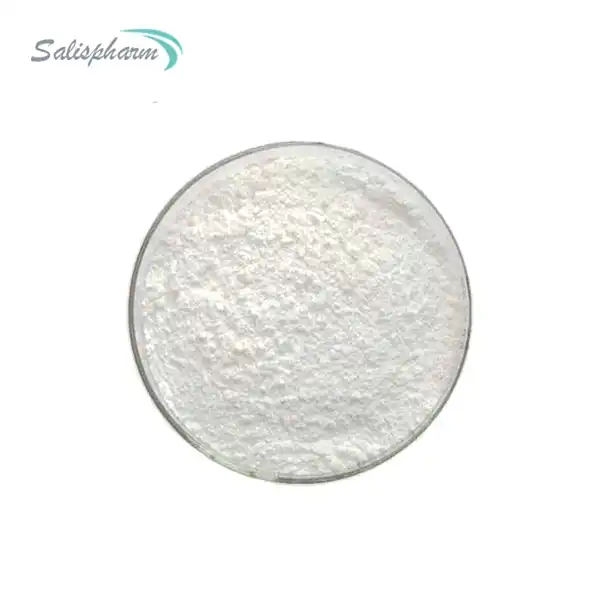Monobenzone powder, also known as hydroquinone monobenzyl ether, is a potent depigmenting agent widely used in the treatment of various skin conditions characterized by excessive pigmentation, such as vitiligo, melasma, and post-inflammatory hyperpigmentation. This synthetic compound works by inhibiting the activity of tyrosinase, an enzyme crucial for the production of melanin, the pigment responsible for skin color. While highly effective, monobenzone powder requires careful handling and proper application techniques to ensure safe and optimal results.
Understanding Monobenzone and Its Mechanism of Action
Monobenzone is a monobenzylated derivative of hydroquinone, which has been used as a topical skin lightening agent for decades. However, monobenzone is considered more potent and stable than hydroquinone, making it a preferred choice for treating stubborn cases of hyperpigmentation.
The primary mechanism of action for monobenzone involves inhibiting the enzyme tyrosinase, which catalyzes the rate-limiting step in melanin synthesis. By blocking this crucial step, monobenzone effectively reduces the production of melanin, leading to a gradual lightening of the treated area.
In addition to its tyrosinase-inhibiting properties, monobenzone has been shown to have other beneficial effects, such as antioxidant and anti-inflammatory properties. These additional effects may contribute to its efficacy in treating various skin conditions associated with inflammation and oxidative stress.
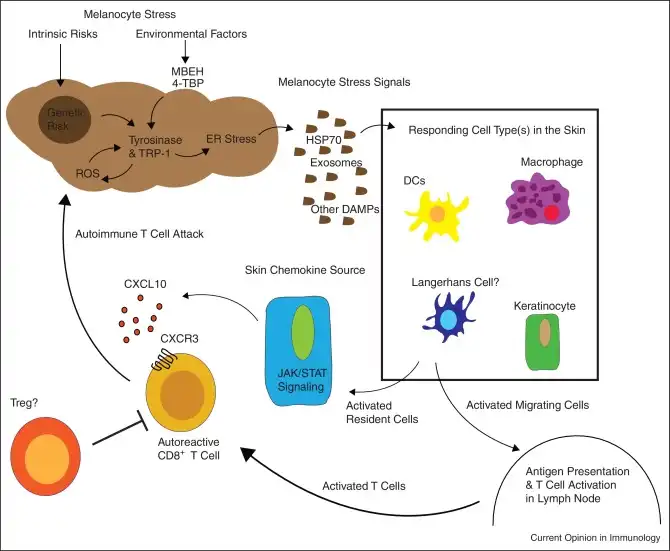
Consultation and Prescription
Before considering the use of monobenzone powder, it is imperative to consult with a board-certified dermatologist or a qualified healthcare provider specializing in pigmentary disorders. They will conduct a thorough evaluation of your specific skin condition, medical history, and overall health to determine if monobenzone is an appropriate treatment option for you.
In many countries, monobenzone powder is classified as a prescription-only medication due to its potency and potential side effects. Your healthcare provider will assess the risks and benefits of using monobenzone and prescribe the appropriate dosage and formulation based on your individual needs and the severity of your condition.
During the consultation, be prepared to discuss your medical history, including any pre-existing conditions, medications you are currently taking, and any previous treatments you have undergone for your skin condition. This information will help your healthcare provider make an informed decision about the suitability of monobenzone for your specific case.
Preparing the Skin for Application
Proper skin preparation is crucial for effective and safe application of monobenzone powder. Failure to follow the recommended preparatory steps can compromise the treatment's efficacy and increase the risk of adverse reactions.
Cleansing: Thoroughly cleanse the affected area with a mild, fragrance-free soap and lukewarm water. This step helps remove any dirt, oils, or other products that may interfere with the absorption and efficacy of monobenzone. Avoid using harsh cleansers or scrubbing the skin excessively, as this can lead to irritation and potential barrier disruption.
Drying: Pat the skin dry with a clean, soft towel. Ensure the area is completely dry before proceeding with the application of monobenzone powder. Any residual moisture can dilute or alter the concentration of the active ingredient, leading to inconsistent results.
Exfoliation (optional): In some cases, your healthcare provider may recommend gentle exfoliation to remove dead skin cells and improve absorption. However, be cautious as excessive exfoliation can lead to irritation, inflammation, and an increased risk of adverse reactions. Follow your provider's instructions carefully, and avoid aggressive scrubbing or the use of harsh exfoliating products.
Pretreatment with a Topical Corticosteroid: In certain cases, your healthcare provider may prescribe the use of a topical corticosteroid cream or ointment for a few weeks before initiating monobenzone treatment. This pretreatment can help reduce inflammation and improve the efficacy of monobenzone by enhancing its penetration into the skin.
Application Techniques
There are several techniques for applying monobenzone powder, and the method chosen will depend on your specific condition, the affected area, and your healthcare provider's recommendations.
Topical Application:
- Measure the prescribed amount of monobenzone powder using a clean, dry utensil or spatula. Avoid using your fingers directly, as this can lead to unintended exposure and potential side effects.
- Apply the powder evenly over the affected area, ensuring complete and uniform coverage. Avoid applying excessive amounts, as this can increase the risk of side effects and potential systemic absorption.
- Use a soft-bristled brush or a cotton applicator to distribute the powder smoothly and evenly across the treatment area.
- Gently press or pat the powder into the skin to ensure better adhesion and absorption.
- Wash your hands thoroughly after application to remove any residual powder.
Skin Micropigmentation:
- This technique involves creating micro-perforations or micro-channels in the skin using a specialized device, allowing for better penetration of monobenzone into the deeper layers of the epidermis.
- It is typically performed by a trained healthcare professional in a clinical setting, as the procedure requires precision and sterile technique.
- Follow all instructions provided by your healthcare provider regarding pre- and post-treatment care, including proper wound healing and potential risks of scarring or infection.
Laser-Assisted Delivery:
- In this method, a laser is used to create microscopic channels or pores in the skin, facilitating the delivery of monobenzone into the deeper layers of the epidermis and dermis.
- This technique is often used for treating resistant or recalcitrant cases of hyperpigmentation, where topical application alone may not be sufficient.
- It should only be performed by a qualified healthcare professional with expertise in laser treatments and appropriate training in laser-assisted drug delivery.
- Strict adherence to safety protocols and post-treatment instructions is essential to minimize the risk of adverse effects and ensure optimal outcomes.
Regardless of the application technique, it is crucial to exercise caution and follow your healthcare provider's instructions precisely. Avoid applying monobenzone powder to areas other than the prescribed treatment site, as it can lead to unintended depigmentation and potential side effects.
Monitoring and Maintenance
Regular monitoring and follow-up appointments with your healthcare provider are essential during monobenzone treatment. This allows for:
Evaluation of Treatment Progress:
- Your healthcare provider will assess the efficacy of the treatment and monitor any changes in pigmentation over time.
- They may adjust the dosage, frequency of application, or treatment modality based on your response and any observed side effects.
- Photographic documentation may be performed to track the progress of the treatment and guide any necessary adjustments.
Management of Side Effects:
- Monobenzone powder can cause various side effects, including skin irritation, dryness, redness, itching, and hypersensitivity reactions.
- Your healthcare provider will provide guidance on managing these side effects and may recommend additional skincare products, oral medications, or adjustments to the treatment regimen as needed.
- Prompt reporting of any concerning symptoms or adverse reactions is essential for timely management and prevention of complications.
Ongoing Support and Guidance:
- Regular follow-ups allow your healthcare provider to address any concerns or questions you may have throughout the treatment process.
- They can provide guidance on proper sun protection, skincare routines, and any lifestyle modifications that may be necessary during and after the treatment.
- Counseling on psychological aspects and potential emotional impacts of pigmentary disorders may also be addressed during these visits.
Adjunctive Treatments and Combination Therapies:
- In some cases, your healthcare provider may recommend combining monobenzone treatment with other modalities, such as topical retinoids, chemical peels, or phototherapy, to enhance the overall efficacy and improve treatment outcomes.
- These combination therapies require close supervision and careful monitoring to ensure safety and minimize potential adverse effects.
Long-term Maintenance and Follow-up:
- Even after achieving the desired level of depigmentation, regular follow-up appointments may be necessary to monitor for potential recurrences or new areas of hyperpigmentation.
- Your healthcare provider may recommend maintenance therapy or lifestyle modifications to help sustain the treatment results and prevent future hyperpigmentation episodes.
It is important to note that depigmentation treatments with monobenzone powder are often long-term processes, and patience and persistence are essential for achieving desired results. Strict adherence to the prescribed regimen and follow-up schedule is crucial for maximizing the benefits and minimizing potential risks associated with monobenzone use.
Conclusion
Using monobenzone powder for depigmentation treatments requires careful consideration, proper preparation, and close monitoring by a qualified healthcare professional. When used correctly and under appropriate supervision, monobenzone can be an effective treatment option for various skin conditions involving excessive pigmentation.
It is crucial to follow your healthcare provider's instructions diligently, including proper application techniques, regular follow-ups, and adherence to any prescribed dosages or regimens. By doing so, you can maximize the benefits of monobenzone treatment while minimizing the risks and potential side effects.
Remember, depigmentation treatments with monobenzone powder are often long-term processes, and patience and persistence are essential for achieving desired results. Always prioritize your safety and consult your healthcare provider if you experience any concerning symptoms or have any questions or concerns throughout the treatment journey.
If you are also interested in this product and want to know more product details, or want to know about other related products, please feel free to contact iceyqiang@aliyun.com.
References:
1. Naeyaert, J. M., & Lachapelle, J. M. (2004). Monobenzone: A new potent and safe skin depigmenting agent. Journal of the European Academy of Dermatology and Venereology, 18(2), 119-125.
2. Khemis, A., Cabiac, M. D., & Ortonne, J. P. (2009). Combination of micropigmentation and new depigmenting agents for the treatment of vitiligo: A pilot study. Dermatology, 218(4), 304-309.
3. Felsten, L. M., Alikhan, A., & Petronic-Rosic, V. (2011). Physiological skin pigmentation changes. Journal of the American Academy of Dermatology, 65(1), 116-128.
4. Lakhdar, H., Zouhair, K., Khadir, K., Essari, A., Richard, A., Seité, S., & Benjilali, B. (2007). Evaluation of the photobiological safety of skin depigmenting agents. Toxicology in Vitro, 21(2), 229-236.
5. Plensdorf, S., & Martinez, J. (2009). Common pigmentation disorders: causes and treatment. American Family Physician, 79(2), 109-116.
6. Rodrigues, M., & Pandya, A. G. (2015). Melasma: Clinical diagnosis and treatment. Journal of the American Academy of Dermatology, 72(6), 1090-1098.

